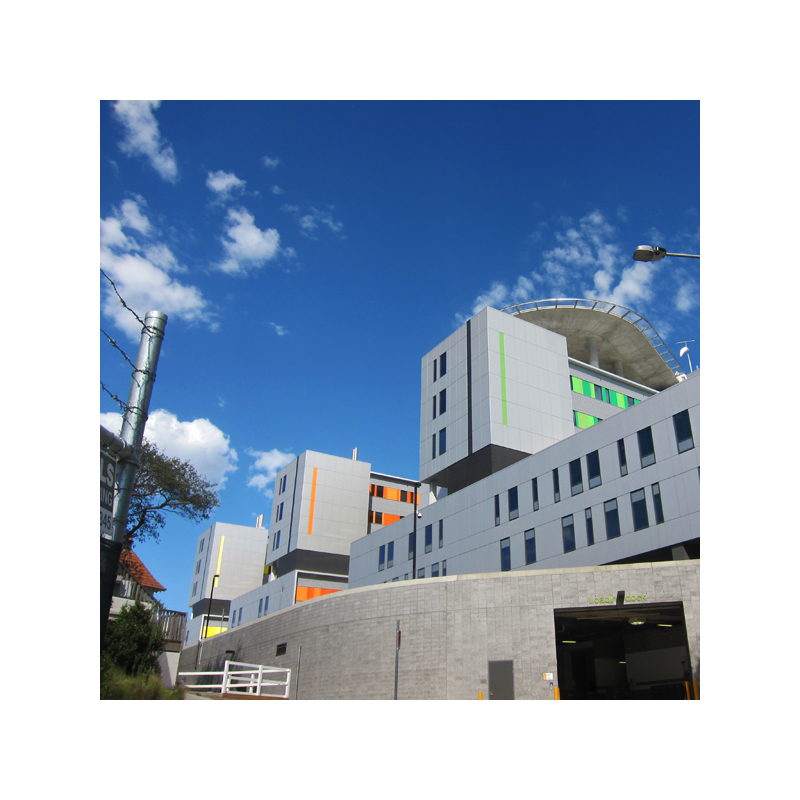.
My 'stills' from the photo at
From Sydney Morning Herald, 27 Dec, 2012 (www.smh.com.au):
Everest for armchair explorers: 3.8b-pixel image offers stunning detail
You've never seen a photograph of Mount Everest quite like this.
An amazing 3.8 billion-pixel image taken from above Mount Everest Base Camp has been stitched together by filmmaker and mountain climber David Breashears, allowing internet users to zoom in and view the mountain in stunning detail.
It was in 1952 that Swiss climber Norman Dyhrenfurth snapped a black and white panorama of the Khumbu Glacier in Nepal, on the route to the Everest summit.
Breashears, an American filmmaker who has climbed Everest five times, decided to lead an expedition to exactly the same spot and capture the glacier and the world's highest mountain as it stands today, documenting the changes that have occurred in the area over 60 years.
Advertisement
In the process, his project has captured the imaginations of people around the globe.
"We're all so truly astonished and grateful that people are taking the time to look at the image," said Breashears, who has worked on award-winning documentaries and feature films including Seven Years in Tibet and Cliffhanger.
"It has got a lot of attention, unexpectedly.
"It was only intended for internal use for us to experiment with, because we know where to click and we know where it's going. It was not our intention to show it to the public. But we thought, 'You know what, there's such a fascination with this, let's show a little more.' "
The interactive multi-gigapixel image lets viewers zoom in on five specific areas, indicated by a green square, in extraordinary detail.
Small colourful dots denote the location of base camp. Zooming in, viewers can clearly see each tent, along with clothing and bedding draped across the tops of tents to dry.
Another image shows posters made by local schoolchildren, with Breashears sitting beneath them.
He said he and his team climbed to the vantage point in May this year, and attached a powerful 300-millimetre lens to a Canon EOS 5D Mark II camera.
They used a robotic head to shoot row upon row of images of the glacier, and eventually stitched together 477 photographs to create the final image.
Breashears established his non-profit company, GlacierWorks, five years ago, and said its aim was to establish a visual record of change in the greater Himalayan region for scientists to study.
The team has been working with the Royal Geographical Society in London to create a series of "before and after" photographs showing the effect of climate change since 1921.
In that year, British climber George Mallory took a photograph of the northern side of Everest, which Breashears copied in 2007.
"I thought the change was extraordinary. What caused this change, and if this change is occurring here, where else is it occurring in the Himalayan region and what does it mean about the future?" Breashears said.
"We have come up with this visual record of change, and that can allow scientists and others to have two irrefutable data points. The picture before and after, you can't fudge that data, it's just there."
But making people interested in climate change was sometimes difficult, he said.
"It's especially hard with young people, 13 to 18-year-olds, who have tremendously high expectations now for what they see on the internet. They're impatient if they don't see something exciting that moves or flies unless it's some zany video on YouTube.
"We bring the zoom capability but we also let people explore in their own terms. What we found is people writing us and saying, 'It's a wonderful image, glorious, I never knew this about Everest. Thanks for putting a dent in my work day, I looked at that image for an hour and I'm still looking.' "
Read more: http://www.smh.com.au/technology/sci-tech/everest-for-armchair-explorers-38bpixel-image-offers-stunning-detail-20121227-2bxcd.html#ixzz2GV5hiTsd










































